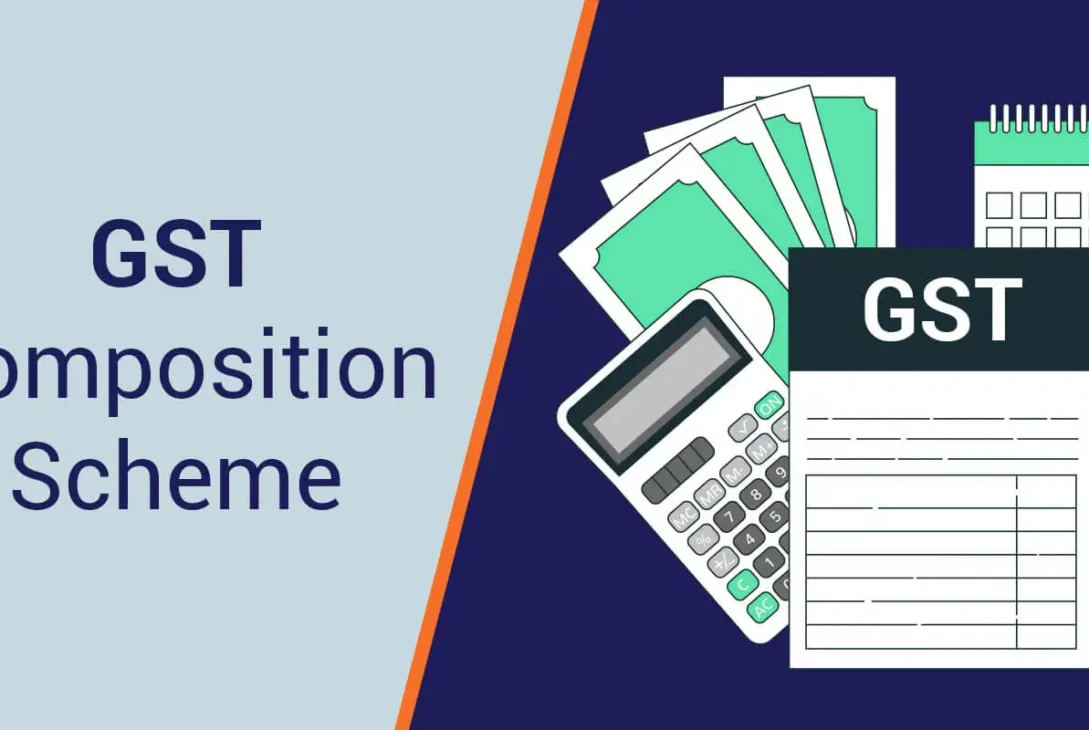Are you a small business owner, trader, or manufacturer looking to simplify your GST compliance? The GST Composition Scheme could be your best friend—but only if you know the facts. Here’s everything you need to know about this special tax scheme for small taxpayers in India, updated for 2025.
1. What Is the GST Composition Scheme?
The GST Composition Scheme is a special taxation option for small businesses (including manufacturers, suppliers, and restaurant owners) to reduce their compliance burden and pay tax at a fixed rate, instead of the standard GST system.
2. Who Is Eligible?
Businesses with a turnover up to ₹1.5 crore (and ₹75 lakh for some northeastern and hill states) can opt for the scheme. Manufacturers of certain notified goods, services providers (except restaurants), and those making inter-state supplies are excluded.
3. How Much Tax Do You Pay?
Composition taxpayers pay GST at a reduced, fixed rate (not the usual slab rates). The rates vary:
| Business Type | Tax Rate (2025, approx.) |
| Traders & Manufacturers | 1% of turnover |
| Restaurants | 5% of turnover |
Always check the latest government notifications for rate changes.
4. No Input Tax Credit
One big catch: You can’t claim input tax credit if you’re registered under the Composition Scheme. This means you can’t claim a refund for GST paid on purchases, so factor this into your cost calculations.
5. No Inter-State Sales
Composition dealers are not allowed to make inter-state supplies. They can only sell within their own state.
6. Simplified Compliance
Instead of dealing with three returns per month, composition dealers file just one return (CMP-08) every quarter and an annual return (GSTR-4). This is a huge time and paperwork saver.
7. Restrictions on Purchases
Composition dealers can’t sell to registered businesses (except in a few exceptions). So, if your customers are mostly GST-registered businesses, this scheme may not be for you.
8. Labeling Requirements
At the point of sale, you must clearly mention “Composition taxable person, not eligible to collect tax on supplies” on all invoices and bills. You can’t charge GST to your customers.
9. How to Opt for the Scheme
You can opt in or out of the composition scheme at the beginning of the financial year. To register, file the relevant form on the GST portal (usually Form CMP-02).
10. No Impact of Aggregate Turnover
The ₹1.5 crore limit applies to aggregate turnover (not just taxable supplies). Total sales of all related entities are considered.
11. Voluntary Exit from the Scheme
If your business grows beyond the turnover limit (or you want to supply to registered businesses), you must exit the scheme. You’ll then be treated as a normal GST taxpayer.
12. Why Should You Consider It?
The scheme is best for those who sell directly to end consumers (B2C), want lower compliance, and don’t need to reclaim input credit. It’s a smart choice for small shops, local manufacturers, and restaurants.
Quick Checklist: Should You Go for the Composition Scheme?
- Yes, if: You’re a small business, want less paperwork, and deal mostly with consumers.
- No, if: You need to claim input tax credit, make inter-state sales, or supply to registered businesses.
Final Tip: Always consult a CA or GST expert before opting for the scheme. A little early advice can save you from costly compliance mistakes.
Want to see if you qualify? Use the GST portal’s calculator or talk to your tax advisor today. The Composition Scheme could make your business life much easier—just make sure you know all the rules first!

I am a digital marketing executive as well as content writer in the income tax and credit cards category. My goal is to provide simple, interesting and reliable information to readers through my articles so that they always stay updated with the world of income tax and credit cards.




This is really interesting, You’re a very skilled blogger. I’ve joined your feed and look forward to seeking more of your magnificent post. Also, I’ve shared your site in my social networks!
Checking out what x666 is all about. Always curious to see new gaming platforms. It’s quick, simple, just the way i like it. Explore the games on x666